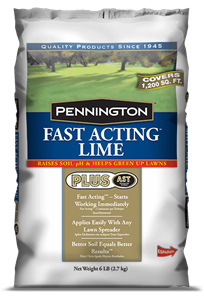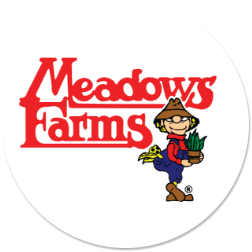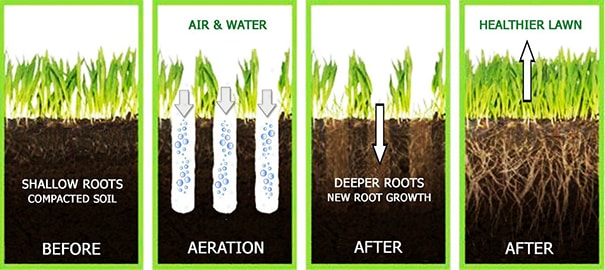
Take advantage of crisp fall weather to fertilize, control weeds, and improve the health and appearance of your lawn. Follow these care tips to ensure that your lawn performs at its peak for seasons to come.
Fall Mowing
If you raised the height of your lawn mower in summer to reduce heat stress to your lawn, return the mower deck to its normal mowing height (about 2 inches tall is best for most grasses) in fall. Cutting your lawn slightly shorter in autumn helps prevent the grass from matting down under leaves and snow, which causes unsightly brown patches of snow mold in your lawn come spring.
Adjusting the height of your mower is relatively easy and usually involves changing the height of the wheels. This lowers the cutting deck and therefore allows for a shorter cut. Just remember to adjust all of the wheels to allow for an even cut.
Watering
Most lawns need water whenever it’s dry — no matter the season. If dry weather persists into autumn, water once or twice per week, long enough to soak the soil several inches deep. Watering in the early morning is the best time of day because winds are usually lighter so you’ll waste less water to evaporation. Avoid watering in the evening because that encourages fungal diseases.
Why Aeration?
Dry spells in the summer can sometimes leave your lawn soil hard and compacted. In this compacted state precious water that your lawn needs washes away before reaching the root systems. Aeration is the process of punching small holes into the soil to allow air, water, and nutrients to access the roots of your lawn. Aeration reduces thatch, improves drainage, and loosens the soil.
When aerating, make sure to wait until the ground is a bit moist before attempting; after a rain shower is usually best. It’ll save you a lot of time and energy to not have to aerate your dry soil. Make sure that the aerator you use pulls plugs of dirt from the turf rather than merely punching holes in the ground, which increases compaction over time. The small plugs that come up should be allowed to dry and then broken up, which you can do by running them under your lawnmower.
What Does Lime Do?
If you find that your lawn is patchy, weedy, or discolored, you may have a pH problem in your soil. Lime can be used to restore the pH balance of your soil while supplying needed nutrients to the soil.

You can buy lime in two types, pulverized and pelletized. Pulverized lime is powdered lime that works rather quickly in the soil at the expense of ease of application. Pelletized lime can be applied with any broadcast spreader, making it very easy to use, though it does take longer to work its way through the soil. There are products, such as Pennington® Fast Acting Lime, that goes to work the instant it touches water, so it provides much faster results than regular pelletized lime and covers far more area per bag.
Seeding
Over-seed thin lawns or large dead areas using Pennington Smart Seed. Keep the newly seeded sections moist while seeds sprout. Frequent light sprinklings are best at first. Gradually increase the interval between waterings to encourage the roots to grow deeper into the soil.
Top Dressing
Top dressing means applying a thin layer of Bloom Soil or a similar organic compost over your existing turf. The process improves growing conditions by reducing thatch, increasing the amount of organic matter in the soil, smoothing bumps in the lawn, and lessening the need for fertilizer. Be sure to dethatch or aerate before you apply a top dressing, then work the top dressing into the soil by raking it in. Be sure the organic compost you are using is not a leaf compost, as it will be acidic and throw off the pH balance of your lawn.
Weed Control
Dandelions, clover, and other broadleaf weeds are easy to spot in spring, but fall is the best time to rid your yard of these pests. For large areas, you can use products such as Pennington’s UltraGreen Weed N Feed or Bonides Weed Beater Plus. For smaller lawns or spot treatments, liquid herbicides such as Bonide’s Weed Beater for Lawns or Bayer’s Weed and Crabgrass Killer should do the trick. Be sure to read the label thoroughly for any chemical herbicide before applying to your lawn.


